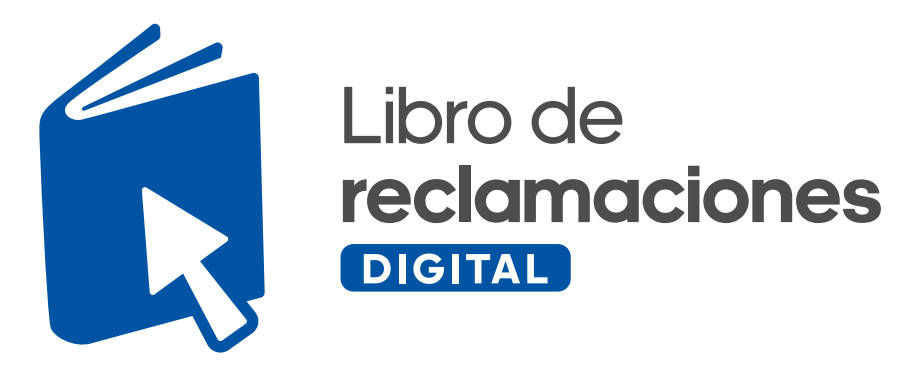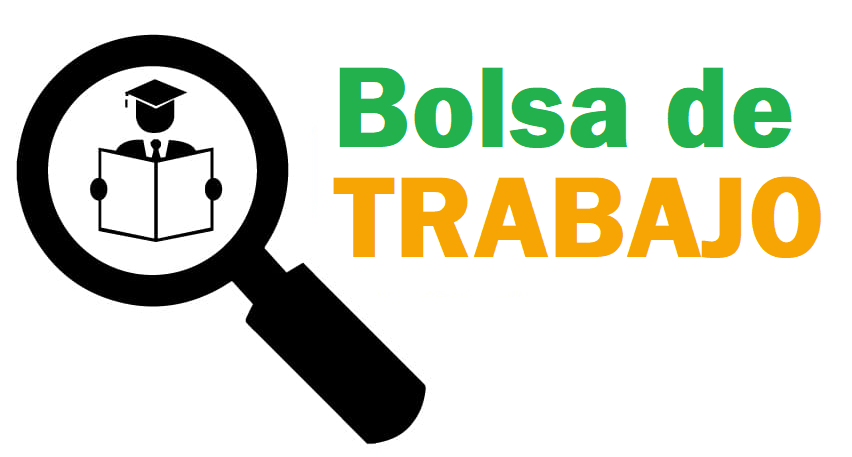Implementing effective micro-targeted messaging in digital campaigns requires a granular, data-driven approach that goes far beyond basic segmentation. This deep-dive explores specific, actionable techniques to identify, craft, optimize, and troubleshoot hyper-specific audience segments, ensuring your messaging resonates with precision. We will also connect these tactics to overarching campaign strategies, leveraging advanced tools and methodologies to deliver measurable ROI.
1. Defining Audience Segments for Micro-Targeted Messaging
a) How to Identify and Create Hyper-Specific Audience Profiles Using Data Analytics
Building precision audience profiles begins with harnessing multiple data sources: CRM data, third-party datasets, social media analytics, and user behavior logs. Use cluster analysis and predictive modeling to uncover nuanced segments. For example, apply K-means clustering on behavioral data points such as purchase frequency, content interaction, and device usage to identify micro-segments like «Frequent Mobile Shoppers in Urban Areas.»
Step-by-step approach:
- Aggregate Data: Collect data from sources like Google Analytics, CRM, social media APIs, and offline sources.
- Data Cleaning & Normalization: Use tools like Python (pandas, scikit-learn) or R to clean data, handle missing values, and normalize features.
- Feature Engineering: Create composite features such as engagement scores or affinity indices.
- Cluster Analysis: Run clustering algorithms (e.g., K-means, DBSCAN) to detect natural groupings.
- Profile Development: Interpret clusters to develop detailed personas including demographics, behaviors, psychographics, and preferences.
b) Techniques for Segmenting Audiences Based on Behavioral and Psychographic Data
Segmentation should incorporate both observable behaviors and underlying psychographics. Techniques include:
- Behavioral Segmentation: Identify patterns such as recent purchase activity, content engagement, and channel preferences. Use tools like Google BigQuery or Segment for real-time behavioral data processing.
- Psychographic Segmentation: Use surveys, social listening, and sentiment analysis to classify audiences into personality types, values, and lifestyles. Apply natural language processing (NLP) tools like NLTK or spaCy to analyze open-ended responses or social media comments.
- Hybrid Models: Combine behavioral and psychographic data via multidimensional clustering or factor analysis to create multi-faceted segments for highly tailored messaging.
c) Case Study: Building Micro-Segments for a Local Political Campaign
A local campaign aimed to mobilize youth voters with high social media activity and environmental interests. Using voter registration data, social media interactions, and survey responses, they performed:
- Clustering based on social media engagement patterns and issue importance.
- Identification of a niche segment: «Eco-conscious, highly active social media users aged 18-25.»
- Development of tailored messages emphasizing environmental policies, delivered via Instagram Stories and TikTok videos.
Pro Tip: Use {tier2_anchor} for detailed segmentation frameworks and data sources.
2. Crafting Personalized Content at the Micro-Level
a) Developing Dynamic Content Templates for Different Audience Segments
Create modular, reusable content blocks tailored to each micro-segment. For example, for a segment interested in sustainability, develop templates that highlight eco-friendly benefits, testimonials, and localized initiatives. Use a content management system (CMS) with a built-in dynamic content feature, such as HubSpot or Drupal, configured with custom tokens.
Implementation steps:
- Template Design: Design flexible HTML templates with placeholders for personalized data (e.g., name, location, interests).
- Data Mapping: Map audience data fields to template placeholders using scripts or automation workflows.
- Conditional Blocks: Use logic (e.g., if/else statements) to show or hide content sections based on segment attributes.
- Testing: Validate rendering across devices and segments, ensuring personalization accuracy.
b) Implementing Real-Time Content Customization Using Automation Tools
Leverage automation platforms like Marketo Engage, Salesforce Pardot, or open-source solutions such as Mautic to dynamically customize content in real time. Connect these tools to your CRM and website data to trigger personalized content based on user actions:
- Event Detection: Set up triggers for specific user behaviors, such as visiting a page on renewable energy.
- Data Enrichment: Fetch additional data from CRM or external sources to enrich user profile.
- Content Rendering: Serve personalized content snippets or banners via API calls integrated into your website or email platform.
- Feedback Loop: Track engagement to refine triggers and content variations.
c) Practical Example: Personalized Email Sequences Triggered by User Actions
Design email workflows that adapt dynamically based on user interactions:
| User Action | Trigger | Personalized Content |
|---|---|---|
| Clicked link about solar energy | Send follow-up email emphasizing solar incentives | Include recipient’s city-specific solar program details |
| Downloaded a sustainability whitepaper | Trigger a consultation scheduling email | Personalize with their industry or business size |
Pro Tip: Use {tier2_anchor} for in-depth workflows on automation setup.
3. Leveraging Data to Fine-Tune Micro-Targeted Messages
a) How to Use A/B Testing to Optimize Message Variations for Small Segments
A/B testing at the micro-segment level requires meticulous control and statistical rigor. Use tools like Optimizely, VWO, or built-in platform features to conduct split tests that focus on:
- Subject line variants for email open rates
- Call-to-action (CTA) phrasing for click-through optimization
- Content layout variations to improve engagement
Best practices include:
- Sample Size Calculation: Use power analysis to determine the minimum sample size needed for statistical significance, e.g., via G*Power.
- Test Duration: Run tests long enough to reach significance, but avoid fatigue—typically 1-2 weeks.
- Segmentation Consistency: Keep the segment definitions fixed during testing to avoid confounding variables.
- Iterative Testing: Continuously refine based on results, focusing on small incremental improvements.
b) Analyzing Engagement Metrics to Adjust Micro-Targeted Content Strategies
Leverage advanced analytics tools like Tableau, Power BI, or built-in platform analytics to examine:
- Open rates, click-through rates, and conversion metrics per segment
- Heatmaps and scroll tracking for content interaction insights
- Funnel analysis to identify drop-off points specific to segments
Actionable steps:
- Set up dashboards tracking key micro-segment KPIs.
- Identify underperforming segments or content pieces.
- Iterate content and messaging based on data trends, such as emphasizing social proof for segments with low engagement.
- Implement predictive analytics to forecast future engagement and adjust campaigns proactively.
c) Case Study: Iterative Improvement of Micro-Targeted Social Media Ads
A health supplement brand targeted fitness enthusiasts aged 25-35 with interests in yoga and nutrition. Initial ads had low CTRs. Through detailed A/B testing of images, headlines, and audience segments, they discovered:
- Images featuring real users increased engagement by 30% over stock photos.
- Headlines emphasizing «Natural» and «Organic» resonated more than technical jargon.
- Refining audience interests to include specific fitness activities led to a 25% uplift in conversions.
Pro Tip: Regularly review engagement metrics and apply multivariate testing for deeper insights.
4. Technical Implementation of Micro-Targeted Messaging
a) Setting Up Customer Data Platforms (CDPs) for Granular Audience Segmentation
A robust CDP forms the backbone of micro-targeting by consolidating first-party data from multiple sources into a unified profile. Key steps include:
- Selecting a CDP platform: Options like Segment, Tealium, or open-source solutions such as Apache Unomi.
- Data Integration: Connect sources via APIs, webhooks, and SDKs, ensuring real-time data flow.
- Identity Resolution: Use probabilistic matching algorithms to merge data points and resolve user identities across devices and channels.
- Segmentation Engine: Build rules and machine learning models within the CDP to create dynamic segments.
b) Integrating Marketing Automation and CRM Systems for Seamless Personalization
Achieve seamless personalization by linking your CRM (like Salesforce or HubSpot) with automation platforms. Techniques include:
- API Integration: Use REST APIs to sync segment membership and trigger workflows based on real-time data.
- Webhook Triggers: Set up webhooks to notify automation tools upon user actions, enabling immediate personalized responses.
- Data Enrichment: Continuously update user profiles with new interaction data, ensuring messaging stays relevant.
c) Step-by-Step Guide: Creating a Workflow for Automated Micro-Targeted Campaigns
| Step | Action | Tools/Notes |
|---|---|---|
| 1 | Identify trigger event (e.g., form submission, page visit) | Set up via your automation platform (e.g., Marketo) |
| 2 | Fetch user data from CDP and CRM | Use APIs or webhooks |
| 3 | Select personalized content blocks based on segment | Dynamic content tokens |
| 4 | Send personalized message (email, SMS, or app notification) | Automation trigger configured |


